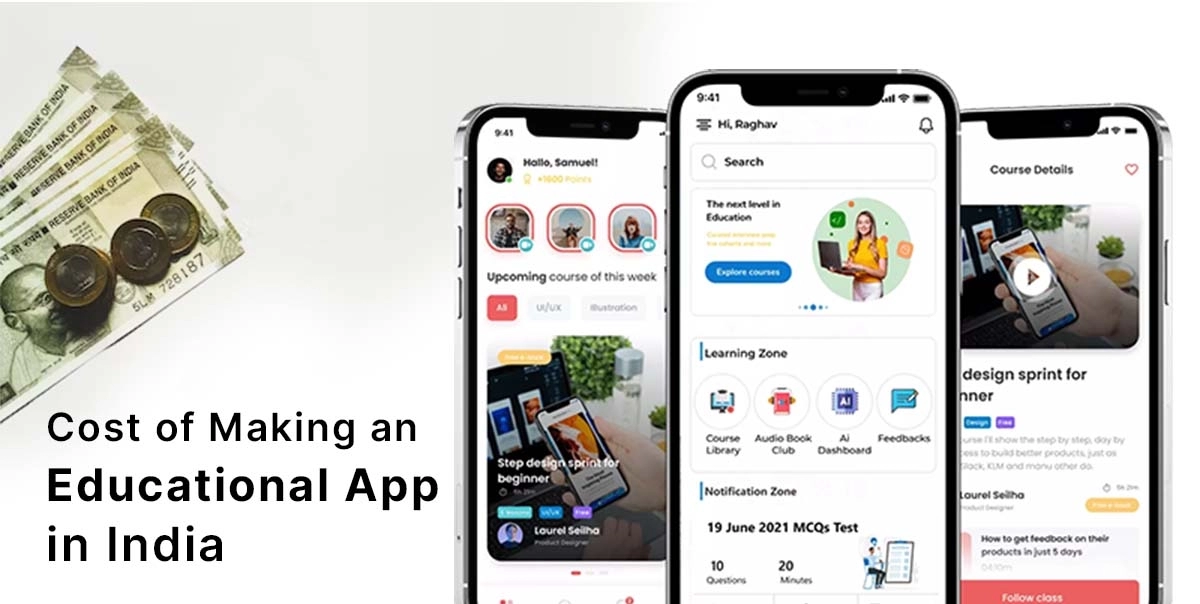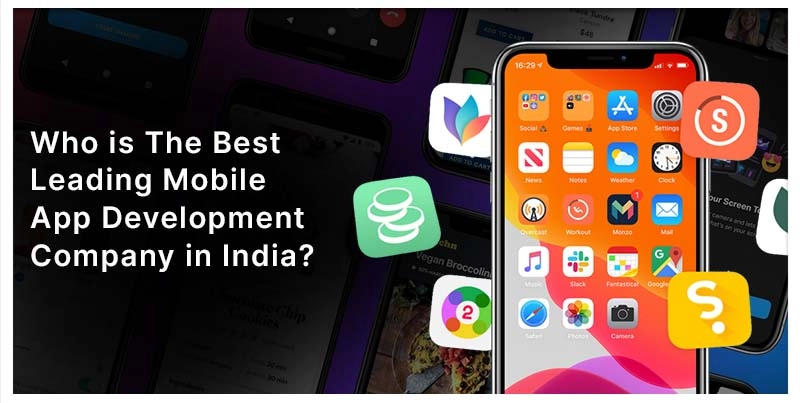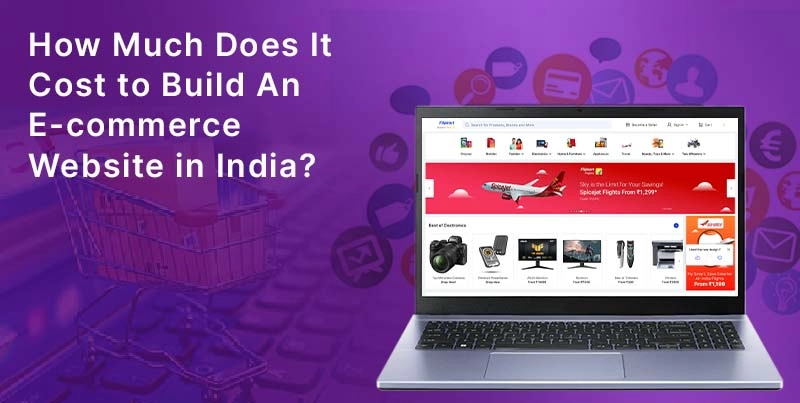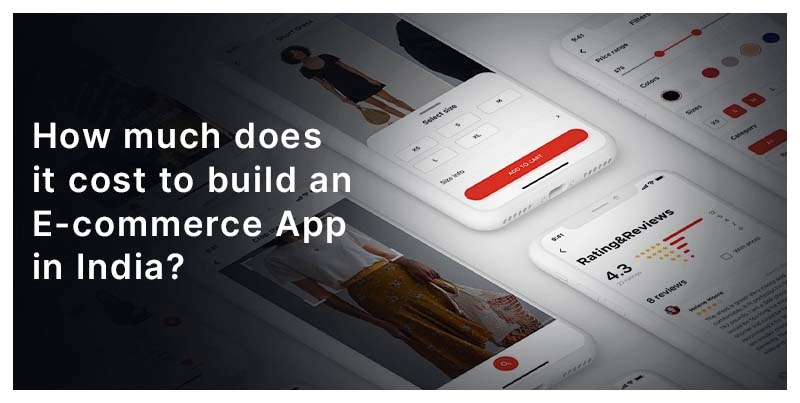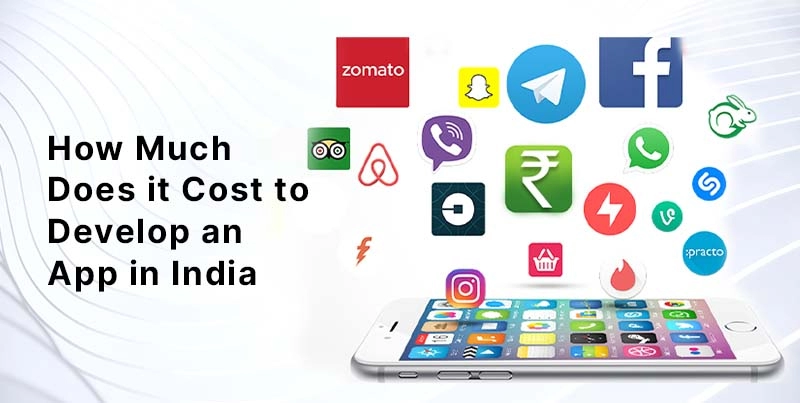Essential Graphic Design Technologies and Best Graphic Design Software: Top Tools for Every Creative
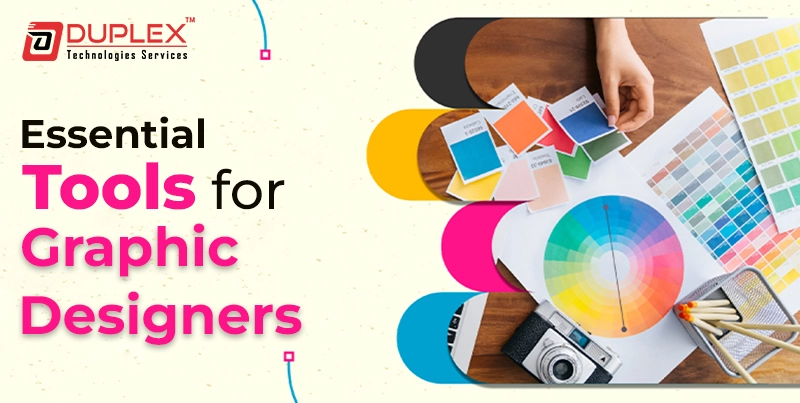
Posted By : Adarsh Mishra, Posted Date : Aug 17, 2024
Introduction of Graphic Design Tools
At the core of recently developed communication lies graphic design, which creates the visual identity of a brand, product, or service within a range of industries. Be it the design you are working on to be printed, on the web, or on digital media, the choice of tools will actually make a world of a difference to the quality of your output, productivity, and even creativity. With good graphic design tools within reach, you'll have the potential to bend your ideas into visually stunning designs that connect with your audience.
This article presents an in-depth review of the best graphic design software of this year, essential graphic design technology, and other not-to-miss tools any graphic designer should have in their inventory. Whether you consider yourself an experienced graphic designer already or a beginner, knowledge and mastery of the tools that we're presenting here will be key to your success in the industry.
Table of Contents
Why Are Essential Graphic Design Technologies?
The choice of tools in graphic design can eventually make or break a project. The good software and technologies are supposed to help you develop in a speedy way, become more imaginative, and provide a way to design in a professional, quality way. Using outdated or inappropriate tools, on the other hand, can make the whole process very frustrating, inefficient, and offer you sub-par results.
While selecting your tools, one should take into account the ease of use, software compatibility, and match of the tools with project requirements. By spending quite a lot of time using and mastering the best tools for graphic design, you can finally pay off since your work quality will likely improve and creative possibilities expand.
Best Graphic Design Software for Professionals
Adobe Creative Cloud Suite
Adobe Creative Cloud Suite is the gold standard in graphic design software that professionals across multiple industries will use. It includes such highly potent applications as Photoshop, Illustrator, and InDesign, each of which caters to several aspects of tasks in design.
- Photoshop: Good for tasks related to editing pictures, digital painting, and working on raster-based design projects; Photoshop comes with a large toolset and the ability to work on a free and open workspace in which a number of diverse designers can work freely.
- Illustrator: It is best used for creating vector graphics, logos, and illustrations. Its ability to scale and precision makes it almost a mandatory software for making highly detailed and quality graphical designs.
- InDesign: This is the best software for layouts. You can make use of the software for both paper and digital publishing of brochures, magazines, and eBooks. It is packed with all the advanced characteristics of the best professional output in typography and layout.
The integration within Adobe Creative Cloud across these applications allows for a continuous workflow. Besides, one hardly notices the transitions that happen within the suite, with each task easily flowing to the next. It is said to have constant updates in the features, which therefore makes it a reliable suite for being at the cutting edge of technological development for design.
Affinity Designer
Affinity Designer is a rising star in the graphic design software market, delivering an important lower-cost alternative to the dominant position of Adobe. Affinity Designer, thanks to its superior performance in terms of speed and precision, is second to no one in vector and raster design.
- Key Feature: Affinity Designer spaces a combination of the vector and the pixel workspace, making it ideal for almost all of the design jobs. It also adds in advanced features such as real-time pixel preview, non-destructive editing, and a lineup of available vector tools.
- Adobe: Though Adobe Illustrator still remains an industry imperative, Affinity Designer has fallen into the pockets of many as a much more affordable, one-time-only purchase in comparison to Adobe's business model of use. It is particularly popular with freelance designers and small budget studios that are looking for the professional toolset without some of the costs associated with subscriptions.
CorelDRAW Graphics Suite
CorelDRAW — This is yet another powerful graphic design software suite, of a kind popular among illustrators and layout designers; it gives all necessary tools for creating vector illustration, layout, photo editing, and typography.
Unique Tools/Features: It has a user-friendly interface; its flexibility is impressive and customizable. It is pre-installed with additional tools like Corel Photo-Paint for image editing and Corel Font Manager for the management of fonts, so it is a versatile one for all creative professionals.
Vector Illustrations Suitability
The vector illustration capabilities of CorelDRAW are on a par with Adobe Illustrator. Multi-page layouts, color management, and font management are some of the tools that satisfy professionals and amateurs the same.
Other Notable Tools
- Sketch: Expanding most of the work in UI/UX design, the software tool for vector-based design is used in most web and app design works. Sketch has an intuitive interface and sound prototyping features.
- GIMP: An open-source counterpart to Photoshop, quite some feature sets, though at the price of nothing. Generally, it would not have all the sophisticated tools and features like Photoshop, but then again, it is a mightily powerful option for someone on a budget.
- Figma is a cloud-based modern design tool improvement, changing how designers work with added collaboration features. It is overall good for teams working on UI/UX design projects; it allows multiple designers to work on the same project at a go, with real-time updates and reviews.
Vector Graphics vs. Raster Graphics
- Vector Graphics: Vector graphics are made up of paths described by mathematical equations; they are resolution-independent. They can be scaled up as much as one wants without — eliminating any quality. These are the best for logos, icons, and any sort of design when resizing is a common phenomenon.
- Raster Graphics: Raster graphics are composed of pixels. They are best fitted for the type of images that contain a lot of detail, such as the one shown by photographs. But, when displayed on a larger scale, they get a loss of quality. That is why raster graphics are usually applied to fixed-size designs.
Cloud-Based Design Tools
Cloud-based design tools have played a vital role in the transformation and evolution of the modern workplace with the increased demand for flexible and distributed design workforces. Key examples include Figma and Adobe XD and are increasingly allowing several designers to start designing a project together—previously a solo activity—while keeping up with real-time updates, commenting, and managing previous versions.
- Figma: One of the most powerful tools for UI/UX design, Figma is immersed in a cloud-based platform, so projects can be shared among team members for design permutations and feedback.
- Adobe XD: Part of Adobe Creative Cloud, XD is another powerful tool for both UI and UX designs that are packed with features and shares an easy incorporation with other Adobe tools. It is again a cloud-based tool and permits the sharing of designs with clients and team members.
Color Management Tools
It is the single most important aspect of a graphic designer since some design jobs are required to be printed. If the unmanaged color is wrong it may cost a great deal of money with disastrous results, displeasing the client.
- Pantone Matching System: As a result of widespread printing, the Pantone system enables color consistency across different materials and from press to press, and it remains a very important tool in the life of many a designer working in branding and print design.
- Color Calibration Tools: Tools like i1Display by X-Rite help to guarantee that what shows on your monitor is a depiction of the real colors. This is very critical, especially in design work, where color accuracy is of prime importance.
Typography Tools
The art of choosing and using type is central to graphic design, and very important toward the achievement of legibility, aesthetics, as well as brand visualization in a design.
- FontBase is one of these font management software tools that make it easy to organize and preview fonts within a design.
- Google Fonts: A free resource that allows users to access a lot of variety in their fonts. Google Fonts has become popular with most web designers due to the ease of implementation in websites.
Mastering the use of proper typography tools can make so much of a difference in how well your message is delivered, across both branding and web design.
3D Design Software
As the design industry keeps incorporating 3D design, learning 3D software will open up creative ways and jobs that were mainly untapped.
- Blender — A powerful, free 3D design program that includes tools for modeling, sculpting, animation, and rendering. Blender is one 3D design program that is superb in the kind of indulgence it offers in the design of things with 3D.
- Cinema 4D is the most popular software for motion graphics and modeling, also distinguished between the ease of use and strong features. It's the go-to place for designers—whether they work with 3D in film, TV, or advertising.
High-Quality Monitors and Display Calibration Tools
A good monitor is one of the most critical investments any graphic designer could make in their career. Good color display, high resolution, and wide color gamut are characteristics that will surely guarantee that what you see on screen or in print is exactly what was thought of.
- Examples: Although more expensive, an Eizo ColorEdge or one of the models in the Dell UltraSharp series has the advantages of color accuracy and reliability, gaining wild respect among professionals.
- Display Calibration Tools: Display calibration tools like the X-Rite i1Display or Datacolor Spyder really help build confidence around color accuracy on your display screen, which holds a lot of weight for consistent quality design work.
Graphics Tablets
A graphics tablet is one of the things that any decently meticulous designer just needs, especially for people who like to actually just draw out their concepts or ideas, like illustrators and digital painters.
- Wacom Tablets: Wacom is a leading brand in graphics tablets and caters to an extensive range of products that meet both entry-level and professional users' requirements. Wacom Intuos and Cintiq lines are very popular in the industry because of their ease of use, responsiveness, and good pressure sensitivity for fine control in drawing and design work.
Such graphics tablets enable much more natural and enjoyable drawing experiences than could ever be attained with a mouse, so they become indispensable in jobs where detailed, hand-drawn elements are involved.
Digital Asset Management Software
As a graphic designer, you would have a large repository of resources, such as images, fonts, and templates. Managing these resources is going to enable you to work effectively in cutting down time spent accessing and sourcing for some of the most pertinent working files.
- Adobe Bridge: A very strong contender when it comes to retaining digital resources, Adobe Bridge allows one to preview, organize, and perform batch functions on files. By far, Adobe Bridge is very powerful for photographers and designers who handle lots of designs—majorly images.
- ACDSee: Yet another most popular software, ACDSee offers powerful as well as versatile capabilities for the sorting, editing, and sharing of one's digital resources. The user interface is such that it is the top favorite of designers after Adobe Bridge.
How to Choose the Correct Choice of Tools for Your Needs
The right choice is very overwhelming in the field of graphic design. The following are some pertinent tips:
-
Evaluate Project Needs: Think about, what are the majority of your projects? Do you design with the purpose of publishing to print, web, or electronic media? Do you require extra features such as photo retouching, vector illustration, or layout design? Understanding your needs will help sort out what functionality you can consider for a list.
-
Budget Considerations: Professional tools, for instance, Adobe Creative Cloud, come at a subscription cost—but low-cost alternatives are presented by companies like Affinity Designer and open-source software like GIMP. Look at your budget and get the tools that give the best value for your outlay.
-
Skill Level: Some have a higher learning curve than others. If you are just starting out, consider more user-friendly software so you can get better over time.
-
Try Before You Buy: Most software companies allow prospective customers to try out their software by providing either a free trial or a demo version of their products. Use them—this way, you can know if any particular tool suits your needs.
In the field of graphic design, things seem to change almost every day. New tools and technologies assist designers in raising creativity by enhancing the new benchmark in their work. Right from logos and websites to print and even to digital art, the right graphic design tools would empower your work to ascend a level higher in quality and productivity.
Whether industry-standard software can be found in Adobe Creative Cloud or innovative replacements like Affinity Designer, today we have software that is plentiful in number—an array of things to meet very many needs and inclinations. You're now in a better position to select the best software for graphic designing and technologies that, in relation to its strengths, will fit your workflow.
In the end, successful graphic designers are the ones to marry experimentation with their tools, to stay current within the industry, and to hone their skills over time. Having in hand the right tools will definitely let you come up with a design that tops not just up to, but puts a cherry on top of your client's expectations.

